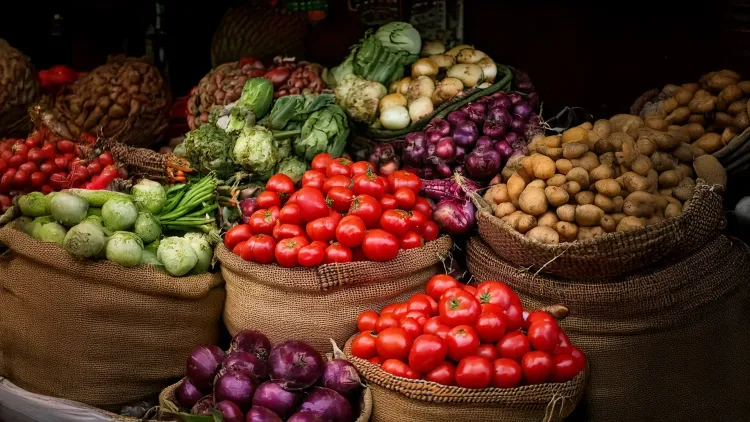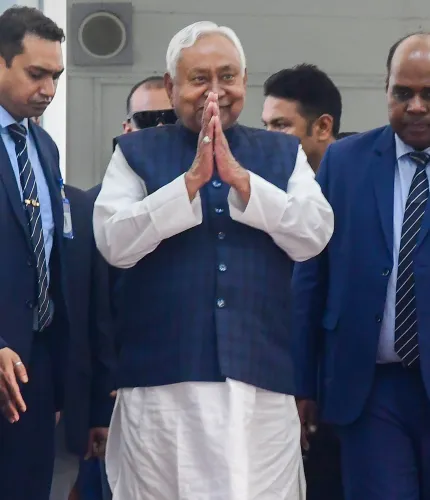Will India’s headline inflation average 3.5% this fiscal?

Synopsis
Key Takeaways
- India's headline inflation projected at 3.5% for FY26.
- Food inflation experiencing notable deflation.
- Core inflation decreased to 3.9%.
- Anticipation of repo rate cuts this fiscal.
- Purchasing power expected to improve for households.
New Delhi, Aug 13 (NationPress) A recent Crisil analysis on Wednesday forecasted that India's headline inflation would average 3.5 percent during this fiscal year (FY26), a decrease from 4.6 percent in the previous year, largely due to robust agricultural production that is likely to maintain food inflation at manageable levels.
The Kharif sowing has increased significantly by 4.0 percent year-on-year (as of August 8), and the favorable soil moisture conditions are anticipated to positively affect the rabi crop as well.
“If geopolitical tensions are kept in check, the prices of Brent crude oil are expected to remain stable between $60-65 per barrel this fiscal, which should help to moderate non-food inflation,” the report noted.
India's retail inflation rate has decreased significantly over the past year, dipping below the Reserve Bank of India's lower tolerance band (2 percent). It fell to 1.6 percent in July from 2.1 percent in June, down from 3.6 percent a year earlier.
“Food prices experienced notable deflation, while core inflation saw a substantial drop as the effects of mobile tariff adjustments diminished. Food inflation was recorded at -1.8 percent, the lowest since January 2019, down from -1.1 percent in June.
Robust food production and sufficient food stocks are contributing to lower prices. Core inflation has also seen a significant decline, dropping to 3.9 percent from 4.4 percent, primarily driven by a considerable reduction in transport and communication costs. Meanwhile, fuel inflation increased slightly to 2.7 percent from 2.6 percent.
“A more pronounced deflation in vegetables and pulses, along with easing cereal inflation, has provided substantial downward pressure. According to Crisil Intelligence’s Thali Index, the costs for vegetarian and non-vegetarian thalis fell by 14 percent and 13 percent year-on-year, respectively, attributed to lower prices of vegetables and broilers,” the report stated.
“We anticipate another cut in the repo rate this fiscal. A total reduction of 100 basis points thus far, combined with adequate liquidity, has facilitated a swift transmission downstream. The sharp decline in retail inflation is likely to enhance household purchasing power, especially among lower-income groups. This trend also creates an opportunity for further easing of monetary policy, which could benefit interest-sensitive consumption sectors,” the report concluded.









